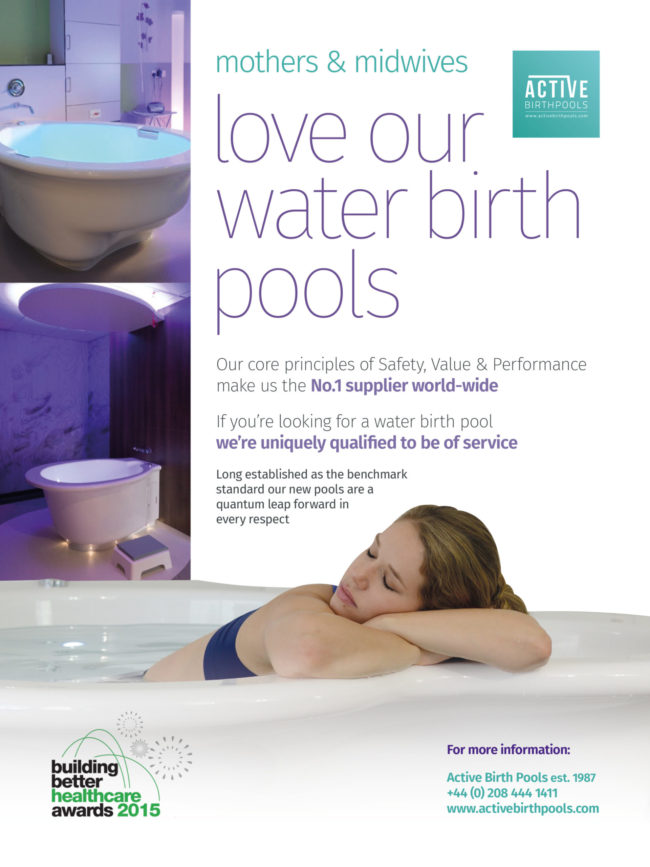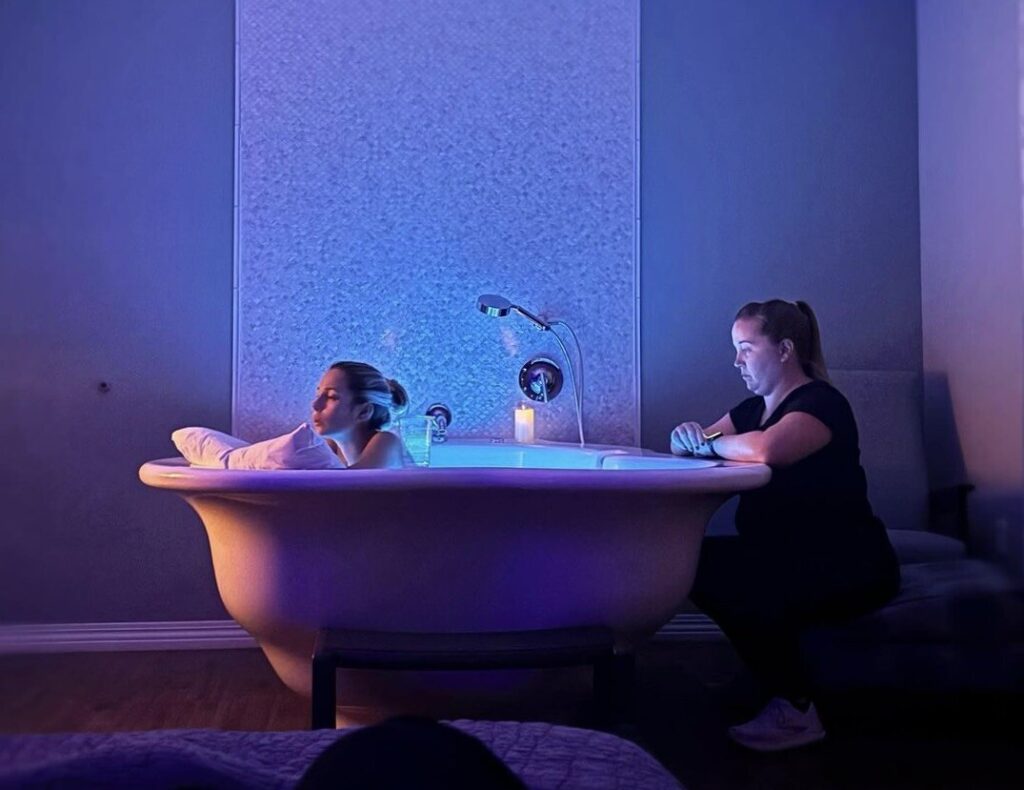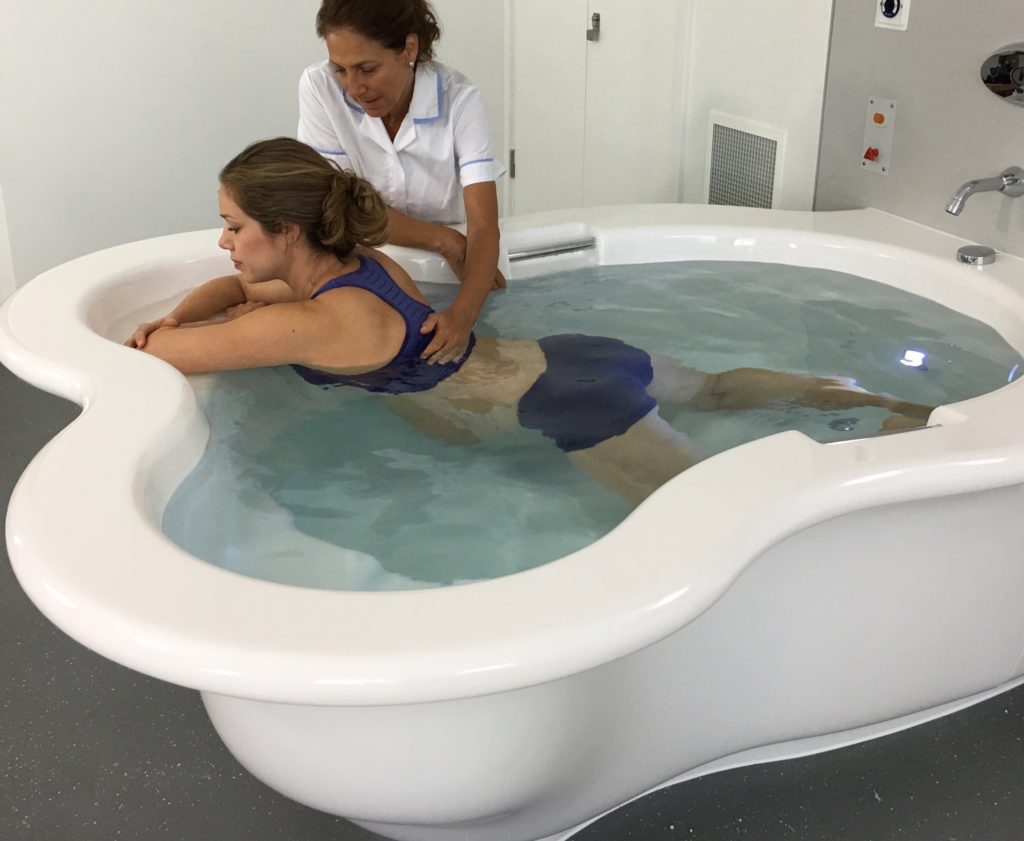Practice Points
Ensure that pregnant women receive high quality care throughout their pregnancy, have a normal childbirth wherever possible, are involved in decisions about what is best for them and their babies, and have choices about how and where they give birth (DH 2004).
Respect for a woman’s wishes and her involvement in decision making is essential to her care in pregnancy and labour (NICE 2007; DH 2004). The birth plan should be discussed in full with the midwife looking after the woman in labour.
Hospital is an alienating environment for most women, in which institutionalised routines and lack of privacy can contribute to feelings of loss of control and disempowerment (Lock and Gibb 2003; Steele 1995).
The studies by Green et al. (1990) and Simkin (1992) found that control, or lack of it, was important to the women’s experience of labour and their subsequent emotional well-being.
Trials have demonstrated the benefits to women of having a low-risk, midwife-led area as an alternative to the conventional labour ward (Birthplace in England Collaborative Group 2011; Hodnett et al. 2010; Hatem et al. 2008; Byrne et al. 2000; Hodnett 2000; Waldenstrom 1997; Hundley et al. 1994; McVicar et al. 1993).
The non-labour ward or radically modified environment is associated with lower rates of analgesia, augmentation and operative delivery, as well as greater satisfaction with care and positive effect on care givers (Birthplace in England Collaborative Group 2011; Hodnett et al. 2010; Hodnett et al. 2009).
Midwives should be aware of the influence the physical environment has on their practice (Hodnett et al. 2010).
2 Evidence Based Guidelines for Midwifery-Led Care in Labour ©The Royal College of Midwives 2012
Birth Environment
The environment in which a woman labours can have a great effect on the amount of fear and anxiety she experiences.
Hospital is an alienating environment for most women, in which institutionalised routines and lack of privacy can contribute to feelings of loss
of control (Lock and Gibb 2003; Steele 1995).
Brown and Lumley (1994) found that the technology and intervention that has now become commonplace on many labour wards was implicated in women’s dissatisfaction with labour. Increased anxiety brought on through loss of control can interfere with the normal effective physiology of labour (Steele 1995).
The studies by Green et al. (1990) and Simkin (1992) found that control,
or lack of it, was important to the women’s experience of labour and their subsequent emotional wellbeing.
It is not easy to separate the influence of the model of care
from the physical environment on the outcomes.
Hodnett et al. (2010) discuss the effect that the physical environment can have on practice, within the supportive social model of care.
In 2009, Hodnett et al. undertook a pilot study aimed to investigate the impact of the physical environment on women and practitioners by making simple but radical modifications to a hospital labour room, which included the removal of the standard hospital bed and the addition of equipment to promote relaxation, mobility,
and calm.
The women were then randomly allocated either the modified or typical
labour room.
Though the pilot was small in numbers, the outcomes indicated that the physical environment modification had a positive effect on women and care providers.
The philosophy of mobilisation in active labour was increasingly supported in the modified environment (Hodnett et al. 2009).
RCM (2008) Birth Centre Standards for England Standard 7.6 sets criteria of
‘An environment that protects and promotes women’s privacy and dignity, respecting
their human rights and provides facilities to maintain adequate nutrition and hydration in labour.’
Respect for a woman’s wishes, and her involvement in decision-making is essential to her care in pregnancy and labour (DH 2007, DH 2004).
National Service framework maternity policy (DH 2004) pledged that service should “ensure that pregnant women receive high quality care throughout their pregnancy, have a normal childbirth wherever possible, are involved in decisions about what is best for them and their babies, and have choices about how and where they give birth” and the choice aspect remains within NHS future plans (DH 2010).
It would appear that women have better physical and emotional labour outcomes when they are involved in the decision making (Hodnett et al. 2010).
Green et al.’s study (1990) found that good information was important to a woman’s birth experience and also to her subsequent emotional well-being.
The decision-making must extend to the woman’s choice of companion(s), who should be made to feel welcome in the labour ward.
3
Evidence Based Guidelines for Midwifery-Led Care in Labour ©The Royal College of Midwives 2012
Birth Environment
Birth planning is a continuous part of antenatal care.
This requires a focussed discussion about place of birth, at which ‘women should receive clear, unbiased advice and be able to choose where they would like their baby to be born’ (DH 2007; DH 2004).
The recent Birthplace in England study (Birthplace in England Collaborative Group 2011) looked at safety of births planned in 4 different settings: home, freestanding midwifery units, alongside midwifery units and obstetric units for women with straightforward pregnancies.
It found that birth is safe wherever it takes place but there is a small but increased risk of adverse outcome for the neonate for nulliparous women associated with planned home birth.
The outcomes for multiparous or in other midwife led birth environments were the same. The study did not look into reasons for this and further exploration into the variation is required.
However, this information needs to be included in the discussions with women antenatally. The ‘birth talk’ and associated birth plan are essential opportunities for women and midwives to share information (NICE 2007).
The birth plan should be discussed in full with the midwife looking after the woman
in labour.
Women often find it difficult to ask questions, so midwives need to encourage them to do so, and to act as advocate for the wishes expressed (Kirkham 1986).
Trials have demonstrated the benefits to women of less intervention and more mobility, in having a low-risk, midwife-led area as an alternative to the conventional labour ward (Birthplace in England Collaborative Group 2011; Hodnett et al. 2010; Hatem et al. 2008; Byrne 2000; Hodnett 2000; Waldenstrom 1997; Hundley et al. 1994; McVicar et al.
1993). The philosophy behind the provision of such units is to provide a ‘homely’ environment, where women can take more control and labour is managed with minimal intervention (Hodnett et al. 2010; Hundley et al. 1994).
It has also been found that women who give birth in low-tech, midwife-led facilities, e.g. home or birth centres, require less pharmacological analgesia (Hodnett et al. 2010; Chamberlain et al. 1997; Skibsted and Lange 1992).
Hodnett et al.’s (2010) review found that the alternative birth setting environment is associated with lower rates of analgesia, augmentation and operative delivery, as well as greater satisfaction with care.
There was a non-statistically- significant trend towards higher perinatal mortality in the home-like setting, and the reviewers conclude that ‘an over-emphasis on normality’ may lead to delayed recognition of or action regarding complications.
Walsh (2004) has challenged this conclusion from his own experience and suggests that midwives who work in this environment are ‘astute assessors of normal birth’ and highly skilled practitioners, who are active in performing repeated emergency drills.
Hodnett et al. (2010) found, in their comparison of alternative and conventional labour and birth environments, that staff working in the ‘alternative’ settings all shared philosophies and guidelines that valued midwifery-led care.
The study was not able to explore the separate influences of the physical environment and models of care such as, for example, continuity of caregiver, but concluded that the impacts of midwifery-led care and the nature of the birth setting are fundamentally interdependent in the chain of cause and effect leading to more positive outcomes.
4
Evidence Based Guidelines for Midwifery-Led Care in Labour ©The Royal College of Midwives 2012
Birth Environment
References
Brown S, Lumley J (1994) Satisfaction with care in labour and birth: a survey of 790 Australian women. Birth 21(1): 4-13
Birthplace in England Collaborative Group (2011) Perinatal and maternal outcomes by planned place of birth for healthy women with low risk pregnancies: The Birthplace in England national prospective cohort study. British Medical Journal 343: d7400
Byrne J, Crowther C, Moss J (2000) A randomised controlled trial comparing birthing centre care with delivery suite care in Adelaide. Australia Australian and New Zealand Journal of Obstetrics and Gynaecology 40(3): 268-74
Chamberlain G, Wraight A, Crowley P (1997) Homebirths: The Report of the 1994 Confidential Enquiry by the National Birthday Trust Fund. Carnforth, Lancashire: The Parthenon Publishing Group
Department of Health (DH) (2010) Equity and Excellence: Liberating the NHS. London: HMS
Department of Health (2004) National Service Framework for Children, Young People and Maternity Services. London:DH
Green JM, Coupland VA, Kitzinger S (1990) Expectations, experiences and psychological outcomes of childbirth: a prospective study of 825 women. Birth 17(1): 15-24
Hatem M, Sandall J, Devane D et al. (2008) Midwife-led versus other models of care for childbearing women. Cochrane Database of Systematic Reviews, Issue 4. Chichester: John Wiley & Sons
Hodnett E, Downe S, Edwards N, et al. (2010) Alternative versus conventional institutional settings for birth. Cochrane Database of Systematic Reviews, Issue 9. Chichester: John Wiley & Sons
Hodnett ED, Stremler R, Weston JA, et al. (2009) Re-conceptualizing the hospital labor room: the Place (Pregnant and Laboring in an Ambient Clinical Environment) pilot trial. Birth 36(2):159-66
Hodnett ED, Hatem M, Sandall J, et al. (2008) Continuity of caregivers for care during pregnancy and childbirth. Cochrane Database of Systematic Reviews, Issue 4. Chichester: John Wiley & Sons
Hodnett ED (2000) Continuity of caregivers for care during pregnancy and childbirth. Cochrane Database of Systematic Reviews 2000, Issue 1. Chichester: John Wiley & Sons
Hundley V, Cruikshank F, Lang G, et al. (1994) Midwife managed delivery unit: a randomised controlled comparison with consultant led care. British Medical Journal 309(6966): 1400-1404
Kirkham MJ (1986) A feminist perspective in midwifery. In Webb C (ed.) Feminist practice in women’s health care. Chichester: John Wiley
Lock L, Gibb H. (2003) The Power of Place. Midwifery 19(2): 132-139
McVicar J, Dobbie G, Owen-Johnston L, Jagger C, et al. (1993) Simulated home delivery:
a randomised control trial. British Journal of Obstetrics and Gynaecology 100(4): 316-33
National Institute of Clinical Excellence (NICE) (2007) Intrapartum care: management and delivery of care to women in labour. London: NICE
The Royal College of Midwives (RCM) (2008) Standards for birth centres in England: a standards document. London: RCM
Simkin P (1992) Just another day in a woman’s life? Part 2 Nature and consistency of women’s long-term memories of their first birth experiences. Birth 19(2): 64-81










